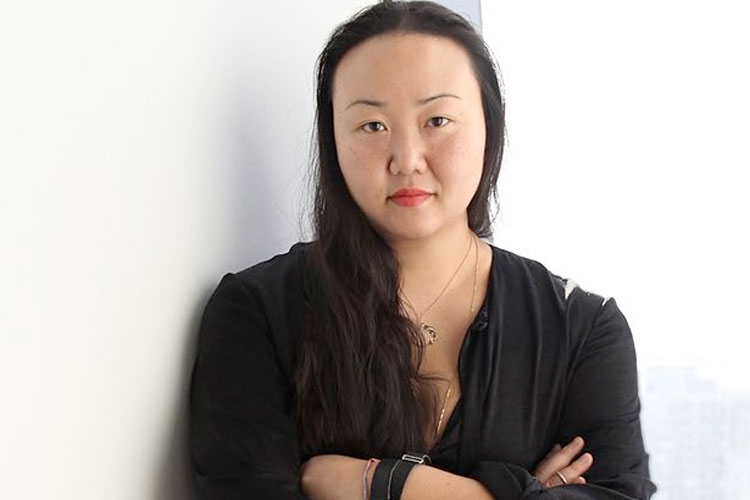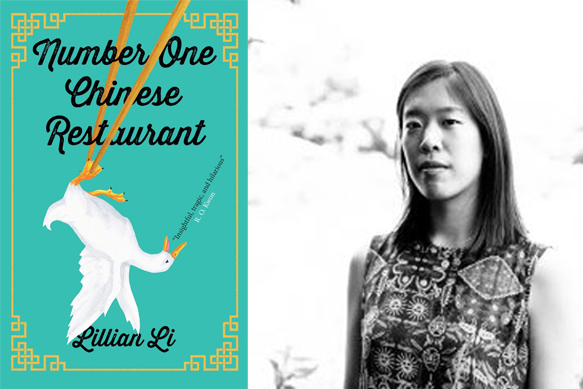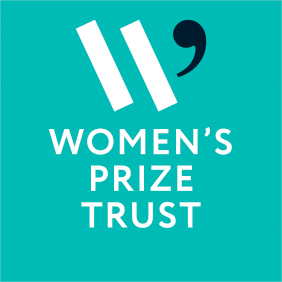From the Women’s Prize Archives.
With the 2016 Baileys Women’s Prize for Fiction shortlist on the horizon, we sat down with Hanya Yanagihara, author of longlisted novel A Little Life, to talk about the process of writing her dark second book and how visual artists inspire her fiction.
A Little Life is often unflinchingly dark – was it difficult for you to consistently occupy this mental space during the 18 months it took you to write the book?
No, not really. There were passages that were more challenging than others to write, but overall, the experience was — while exhausting — also oddly joyful. There were great periods in the writing of this book when it felt that it was appearing to me in large, whole sections, and my job was to transcribe those sections. All writers know how rare this sensation is, and how, when you are lucky enough to experience it, you daren’t do anything to disturb it. Also, I had a job to go to, which knocked me out of the life of this book for at least nine hours a day, and which was a necessary reprieve. What I didn’t expect was the after-effect, which has been much longer and more difficult than I’d anticipated.
Your second novel is extremely different in tone from your first – was this an intentional departure?
Yes. I admire authors whose every novel answers a single question or theme, but who do so in wildly different ways. I deliberately chose a different kind of style, something much more plainspoken and stripped-down than in my first book, and chose to write in what I call an intimate third-person omniscience, which I’d never tried before.
In many ways your book elevates friendship above romance – is this something you feel strongly about?
I don’t think it elevates friendship above all other types of relationships, but I hope it does make a compelling argument that friendship is a much more elemental, more necessary, and more sustaining relationship than we give it credit for being. The first friend we choose is our first announcement to the world of selfhood: This is my person, this is what it says about me.
The characters in the novel are so sharply drawn – are they inspired by real people in your life?
Thank you, but no. Of course, every author borrows from the people in her life — and every character borrows from the author herself — but there was very little conscious appropriating for this book. What I hope IS apparent on the page is how much I enjoyed creating them, how well I knew them, and how much I enjoyed spending time with them — all of them.
Are there any authors’ work which particularly influenced you when you wrote A Little Life?
No, not directly. I was much more influenced by different visual artists — Ryan McGinley, Felix Cid, Geoffrey Chadsey, Diane Arbus, Peter Hujar, Michael Borremans, Jan de Maesschalck, Todd Hido, Alec Soth, David Armstrong, Nicholas Nixon, and Nan Goldin among them — whose various works I turned to frequently.







